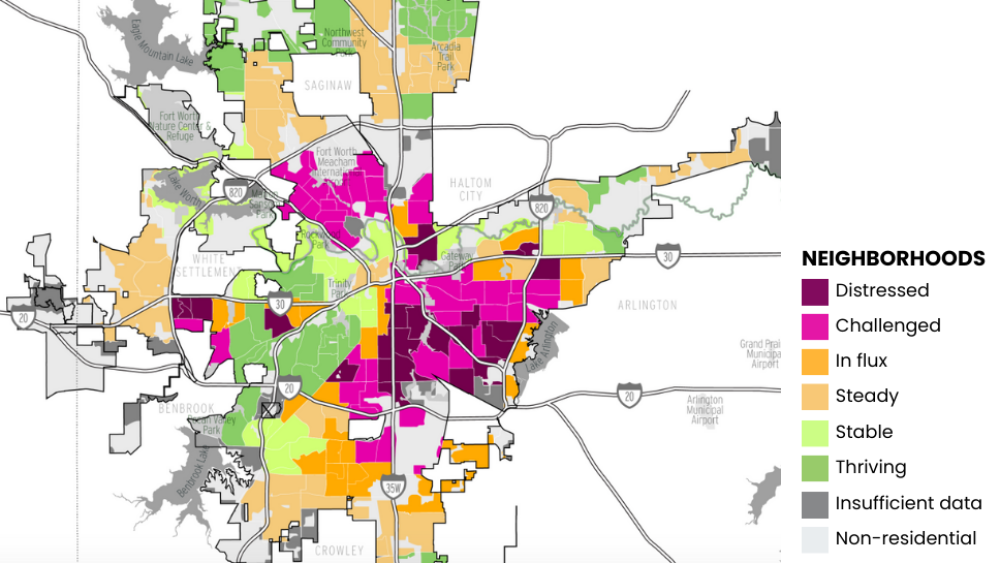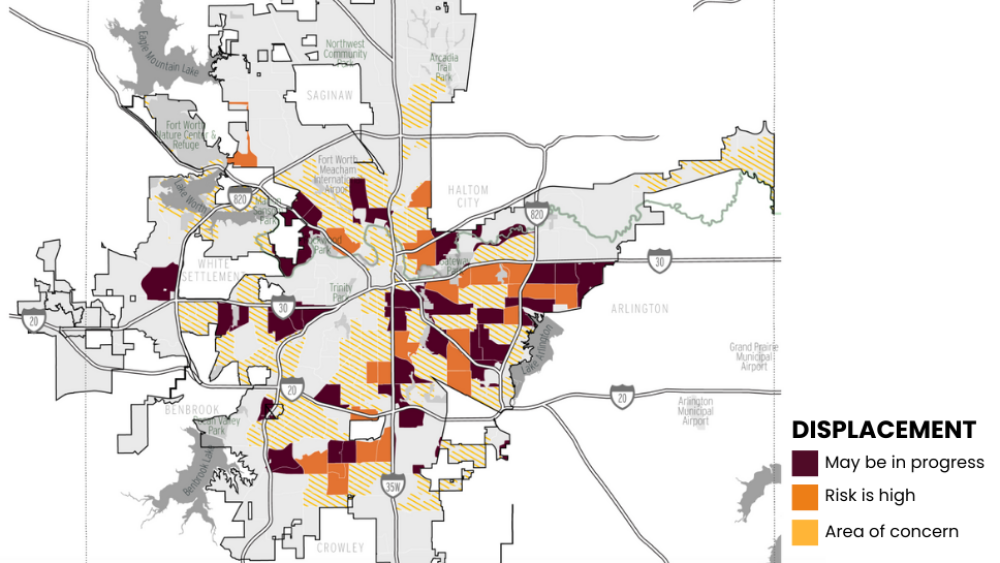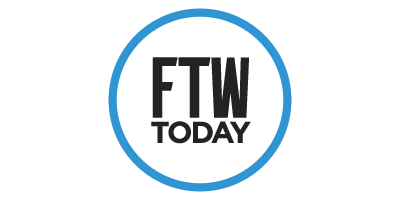City Council adopted a new Neighborhood Conservation Plan and Housing Affordability Strategy earlier this week and we’re here to break down the 130-page document into a quick morning read.
Created by the Neighborhood Services Department, the five-year plan will tackle Fort Worth’s growing housing crisis and help families find affordable housing and achieve home ownership.

In the full plan, the Neighborhood Strategy Measure evaluated areas based on demographics, poverty, education, infrastructure condition, and health issues.
Map courtesy of the City of Fort Worth
Neighborhood Conservation Plan
The plan includes tools that will help the city tailor its approach to different neighborhoods, while improving the safety and livability of different areas without pricing out and displacing residents.
The Neighborhood Strategy Measure has categorized neighborhoods as distressed, challenged, in flux, steady, stable, and thriving. These classifications allow the city to determine which neighborhoods need maintenance, investment, and capacity expansion.

The city has identified areas where residents are experiencing or at risk of being priced out and displaced from their homes.
Map courtesy of the City of Fort Worth
Housing Affordability Strategy
Fort Worth’s median housing price is rising faster than its area median income (AMI), meaning middle- and low-income families cannot afford to buy a middle-priced home. Meanwhile, rental rates have risen 22.8% since March 2020.
Additionally, displacement is already happening, particularly in areas with a large percentage of Hispanic and Black residents. Tarrant County residents experiencing homelessness in the second quarter of this year numbered 5,000.
In order to lower the price of housing, close the affordability gap, and reduce the incidence of homelessness, the city has outlined 23 strategies. The following six are high priority:
- Establishing a land bank to acquire and resell foreclosed and tax delinquent properties, prioritizing affordable housing and community use, to reduce the cost of land.
- Expand Housing Finance Corporation tools and bonds that protect multi-family units that are inherently affordable
- Provide additional city investment — raising $100 million over four years likely through bonds — for affordable housing development and preservation.
- Encourage new private and philanthropic funding entities to directly invest in moderate-income housing stock.
- Support Community Development Corporations that offer programs and services that support residents in at-risk areas — like LVT Rise.
- Create Community Land Trusts that own properties and ensure that the homes remain affordable — one of which is slated to be on the south side of town.
Other action items include expanding zoning opportunities, city rehabilitation programs, and eviction diversion programs. The plan also outlines creating more permanent supportive housing and implementing a functional-zero approach to family homelessness.
What’s next?
The approved revision of the plan includes a stipulation that the City Council authorizes a new study of expanded housing options — particularly around “missing middle” housing — and the code regulation changes that require that housing be implemented. Stay tuned for public engagement opportunities regarding that study.
Under the city’s 2024 fiscal budget, $23 million has been allocated to the Neighborhood Services Department. This adds a second neighborhood annually to the Neighborhood Improvement Program that works to improve many aspects of an area’s livability including affordable housing, schools, healthcare, employment, transportation, and more.











